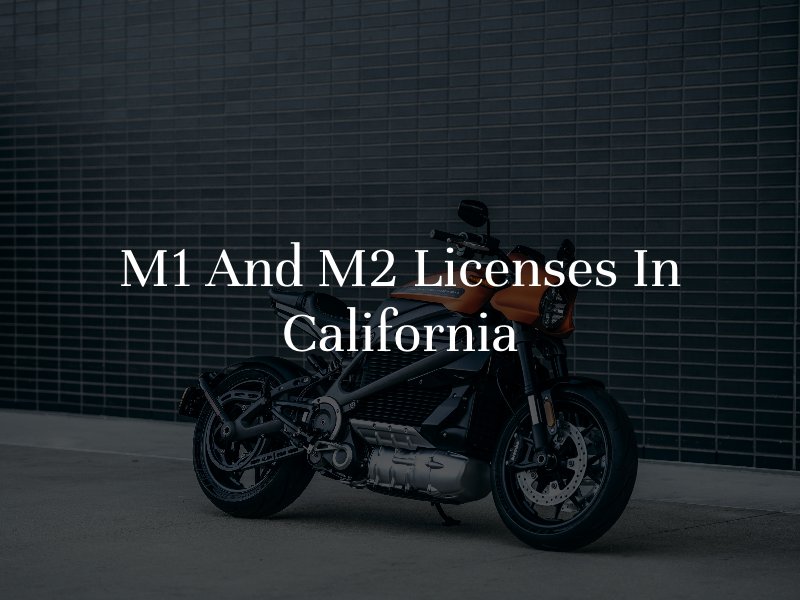California offers two types of motorcycle licenses, known as M1 and M2. These licenses allow different riding privileges. Just ask our motorcycle accident lawyers in San Diego today!
M1 License in California
An M1 license is the type of license you need to ride any bike, including any two-wheel motorcycle, motor-driven cycle, or motorized scooter, and all vehicles listed under Class M2. Obtaining an M1 license is roughly the same as getting a driver’s license, but you still need to run through the process.
M2 License in California
An M2 is a motorcycle license that allows you to ride mopeds and motorized bicycles as long as they do not travel faster than 30 MPH. They must also be equipped with fully operational pedals. With an M2 license, you cannot legally operate a motorcycle or any two- or three-wheeled vehicle without operational pedals.
Do You Need an M1 or M2 License to Operate a Motorized Scooter?

In California, you can operate a motorized or electric scooter as long as you have any class of driver’s license. You no longer need an M2 license. A motorized scooter is defined as a vehicle that has two wheels, handlebars, a floorboard that can be stood upon while riding, and a motor. Motorized scooters are also street-legal and do not need to be registered with the DMV or have license plates.
Applying for an M1 or M2 California Motorcycle License
The requirements for obtaining an M1 or M2 license vary depending on age.
Under 21
If under the age of 21 and at least 15 and a half, you must hold a permit for at least six months after taking a 15-hour, CHP-approved instruction class or passing the driving test. In addition, you will have to apply for either a driver’s license or identification card, pay an application fee, and pass a vision exam and knowledge test. You have three chances to pass the test, or you must begin the process over again.
Over 21
If you are over the age of 21, you must first complete a CHP-approved training course or pass a driving test at a Department of Motor Vehicle (DMV) site. You must also have or complete an identification card or driver’s license application and pay the application fee. In addition, the DMV will scan fingerprints and take a photo, and you must pass a vision exam and knowledge test.
Motorcyclists must also provide proof of auto insurance that meets or exceeds California’s minimum liability requirements.
Motorcycle Insurance Requirements in California
Under California law, motorcycle riders must carry minimum amounts of liability insurance:
- $15,000 for the death or injury to one person;
- $30,000 for the death or injury to multiple people from one accident; and,
- $5,000 in property damage coverage.
Liability insurance will pay for the injuries and property damage you cause in an accident. It will not provide compensation for your injuries and other losses. However, you have the option to purchase additional forms of motorcycle insurance to protect yourself if a collision occurs.


